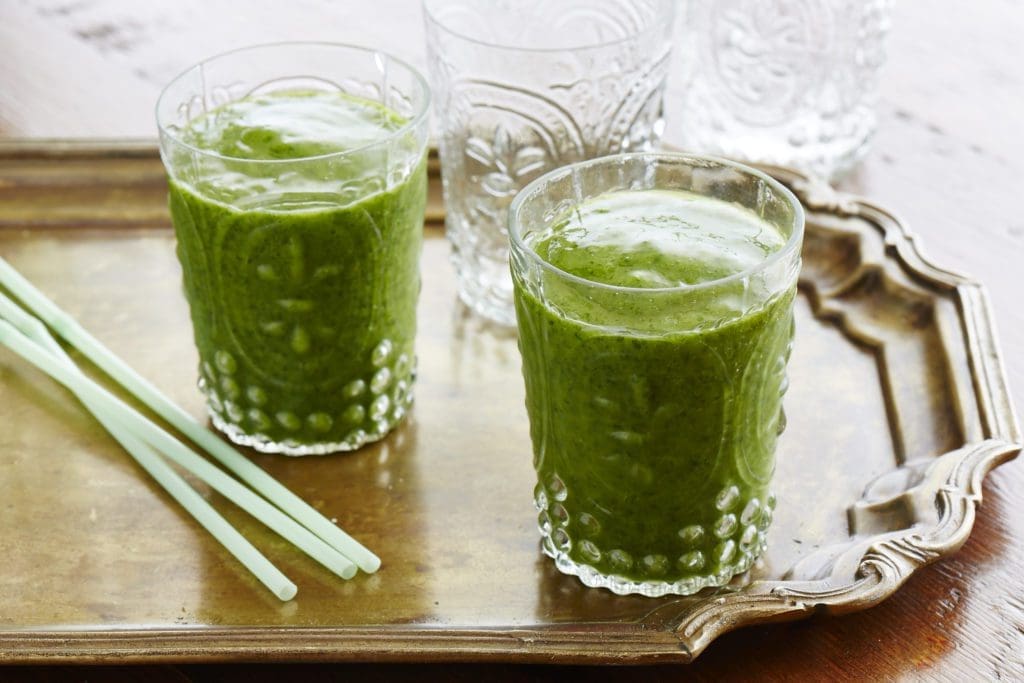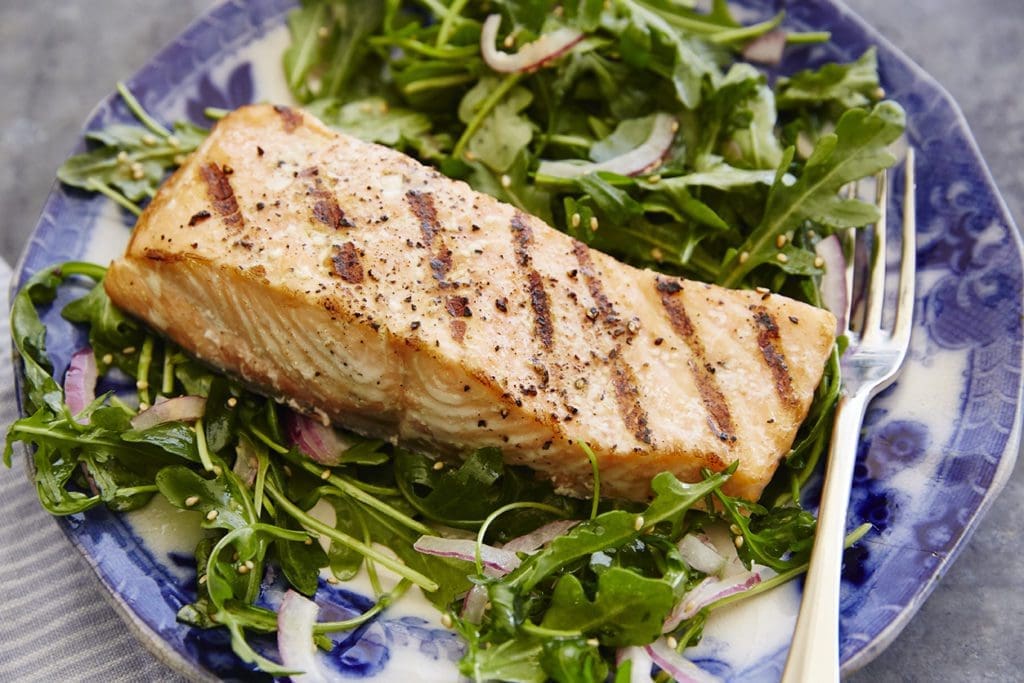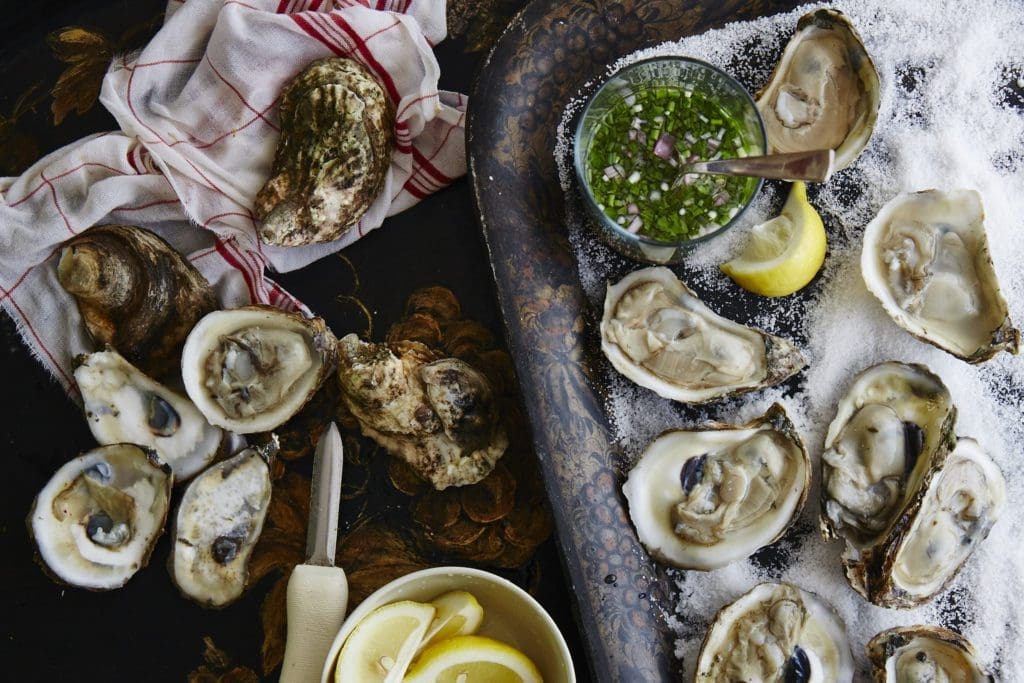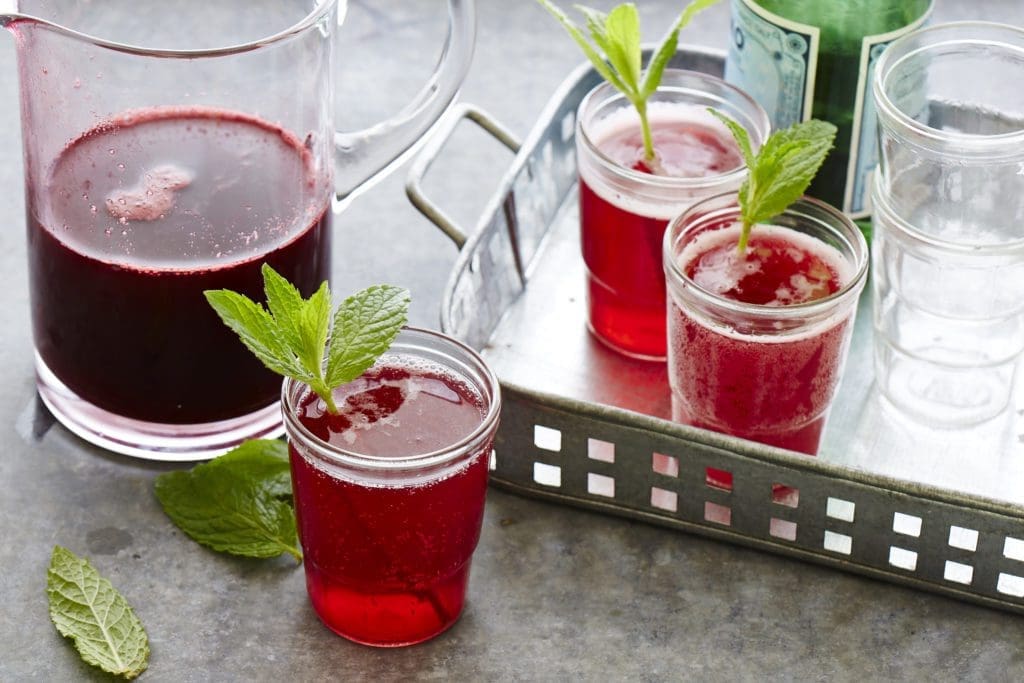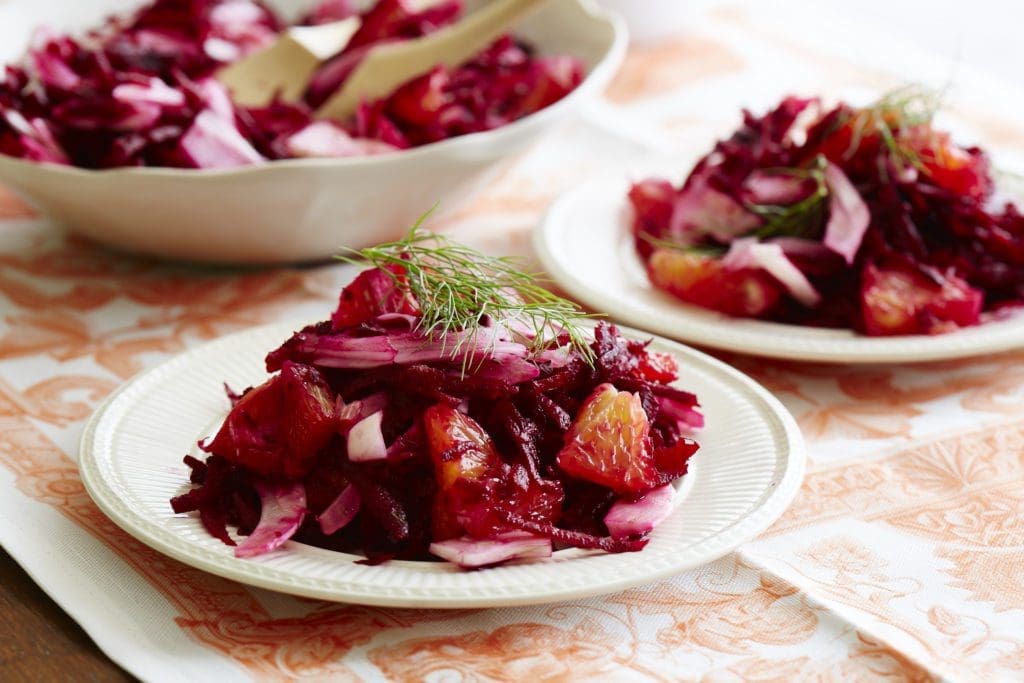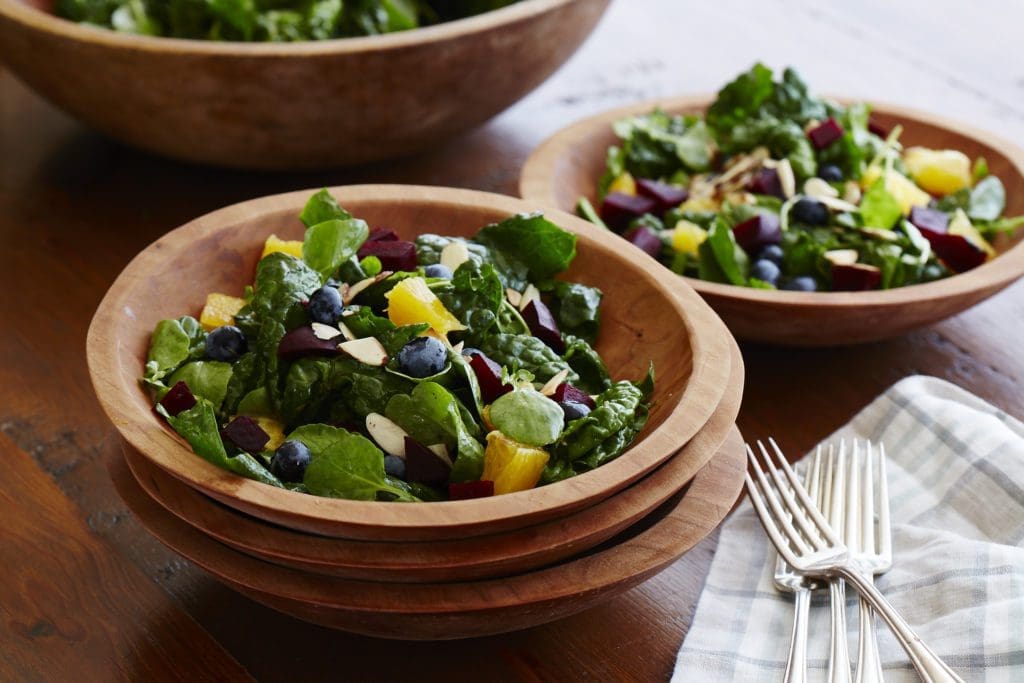Free Downloadable Recipes and Shopping Lists from the Feast for the Eyes® Calendar
In 2017, AMDF put together a calendar featuring AMD healthy recipes for each month of the year. We’ve now made those recipes available, free to download, along with a shopping list for each recipe.
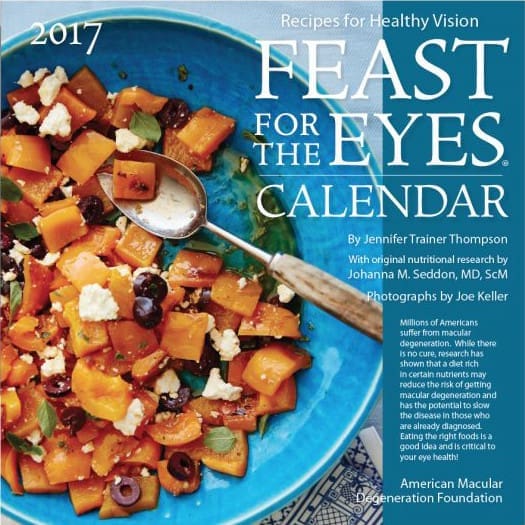
All of the following recipes are based on the science of Johanna M. Seddon, MD, ScM, and developed by cookbook author, Jennifer Trainer Thompson. You can view each recipe online by clicking any of the links below, and once there you will see additional options to download the recipe and a shopping list for the recipe.
We hope you enjoy! And we would love to hear from you if you liked a recipe. Send us your thoughts, stories, even photos! You can write to us via our contact page, or, if you’re on social media, please tag us and use the hashtag #feastfortheeyes.
Would you like to offer support for these free resources? Just click the button below.
AMD Recipes from Feast for the Eyes® calendar:
Certain nutrients are vital to eye growth and development. They are obtained in one of two ways: as vitamin A sources such as liver, fish oils, egg yolks and dairy products, and as a precursor to vitamin A, called carotenoids (such as beta-carotene or alpha-carotene), which are found in and lend the pigment to colorful fruits and vegetables like carrots, squash, broccoli, sweet potatoes, apricots and leafy greens. The body converts the carotenoids to retinol (a type of vitamin A) in the small intestine.
Other carotenoids are lutein and zeaxanthin, pigments that give certain plants their characteristic color. High concentrations of lutein and zeaxanthin are found in dark-green vegetables, especially spinach, kale, turnip greens, collard greens, romaine lettuce, squash, broccoli, peas and Brussels sprouts, as well as fruits including oranges, papayas, tangerines and peaches, and orange/yellow vegetables such as corn, tomatoes, pumpkins and carrots, and even egg yolks. Parsley also has some of these nutrients.
Lutein and zeaxanthin are antioxidants that are found naturally in the macula (the center of the retina) and need to be replenished regularly. There is some evidence that consuming a diet rich in carotenoids may reduce the risk of developing age-related macular degeneration (AMD).




